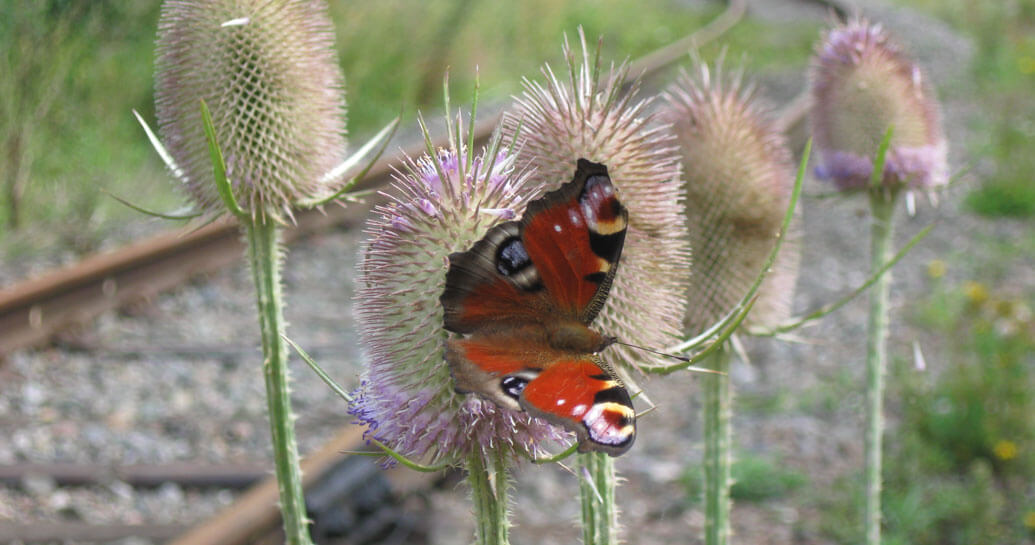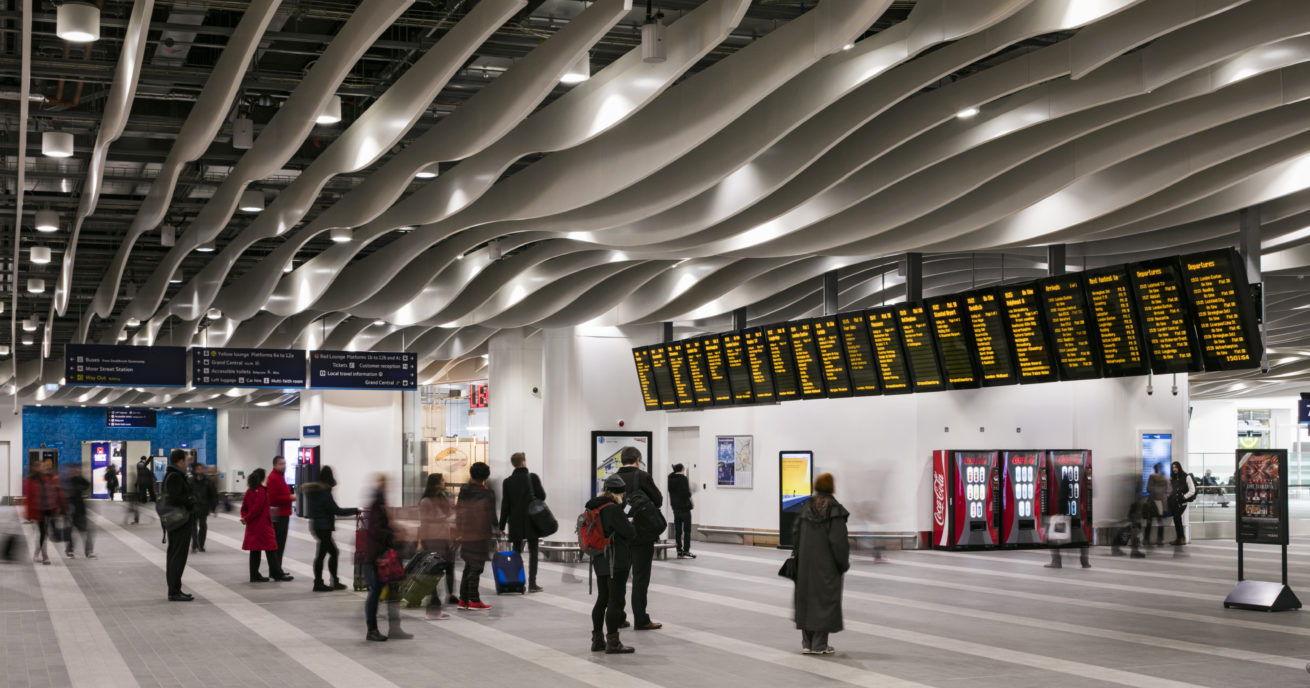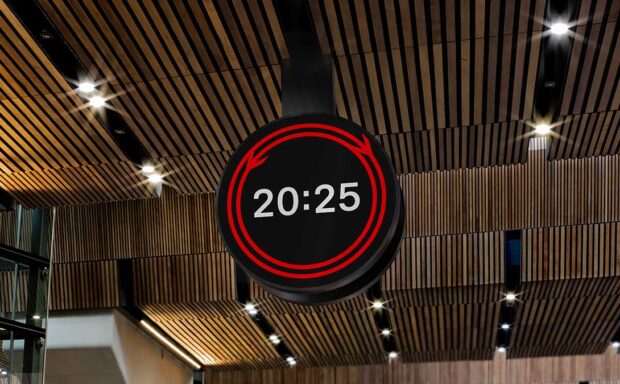Network Rail takes its responsibility to manage the railways safely and look after the habitats on our land very seriously.
While these may seem like two conflicting roles – we don’t think they need to be. We can enhance biodiversity whilst still running the railway safely. But it’s much more complex than has recently been portrayed. By proactively managing vegetation we think we can find a win-win solution – protecting the environment and meeting our need, reinforced by the regulator, to cut down more trees to maintain a safe and reliable railway.
With over 20,000 miles of track and miles of trees growing along the railway, managing vegetation is hugely important to us. If not managed well, trees and fallen leaves can pose a serious risk to the safe running of the railway.
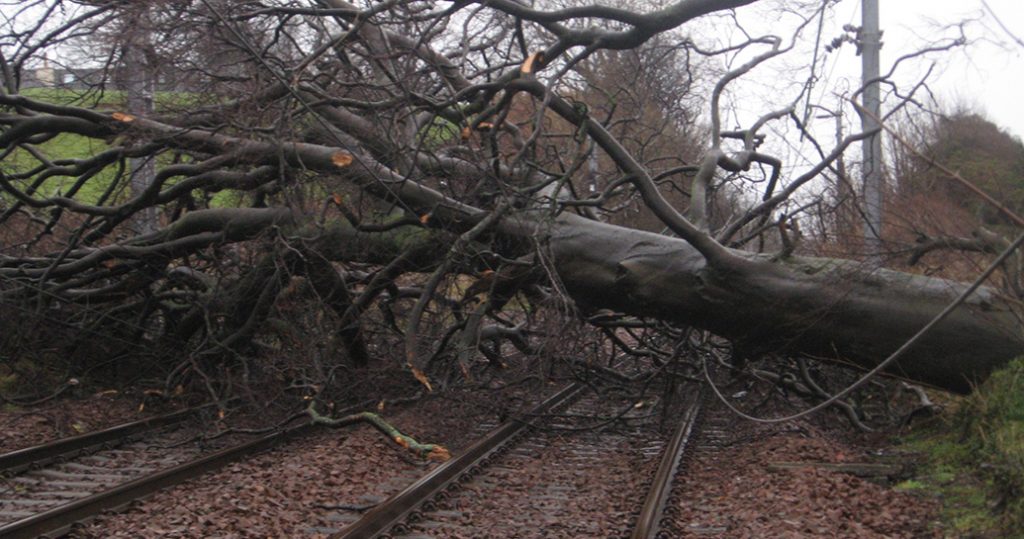
As a result of our proactive vegetation management, which has targeted the most dangerous trees, we have reduced the number of incidents of large trees falling on the railway by 50% over the last four years.
Despite these efforts, in 2017 we still recorded more than 400 incidents of trains colliding with fallen trees and branches and another 1,000 where fallen trees and branches caused delays to service, costing taxpayers over £100m. Such incidents can be serious and have the potential to cause injuries to passengers and staff or even derail a train.
Trees and plants growing on the railway can hamper our ability to maintain a safe railway in other ways too. Lineside trees and bushes can obscure signals, get blown onto the tracks, or grow to an extent where our track workers do not have a safe place to wait while trains pass. In autumn, train acceleration and braking can be affected by the fallen leaves of broadleaf trees.
As the public knows well, this can cause significant disruption to services and inconvenience the 4.5 million passengers who rely on a safe and efficient train service every day.
Trees and the railway explained:
- We are not cutting down 13m trees. We have approximately 6m trees on our land, with a further 7m neighbouring our land. We have no plans or desire to remove every tree on the lineside; we actively consider the natural environment and the impact of our work on local communities. We also have a very biodiverse lineside and we’d like to keep it that way.
- Our vegetation management programme is not secret – you can find our policies here.
- We have no ‘£800m five-year tree felling programme’ and there are no plans to have one.
- Every year during nesting season (March – August) we scale back our vegetation management work and aim to only do work that is essential to keep the railway running safely and reliably. Before we start any work on any lineside vegetation, we will always check for nesting birds and if needed, we will bring in independent ecologists to carry out a study of the area.
A safe and biodiverse lineside
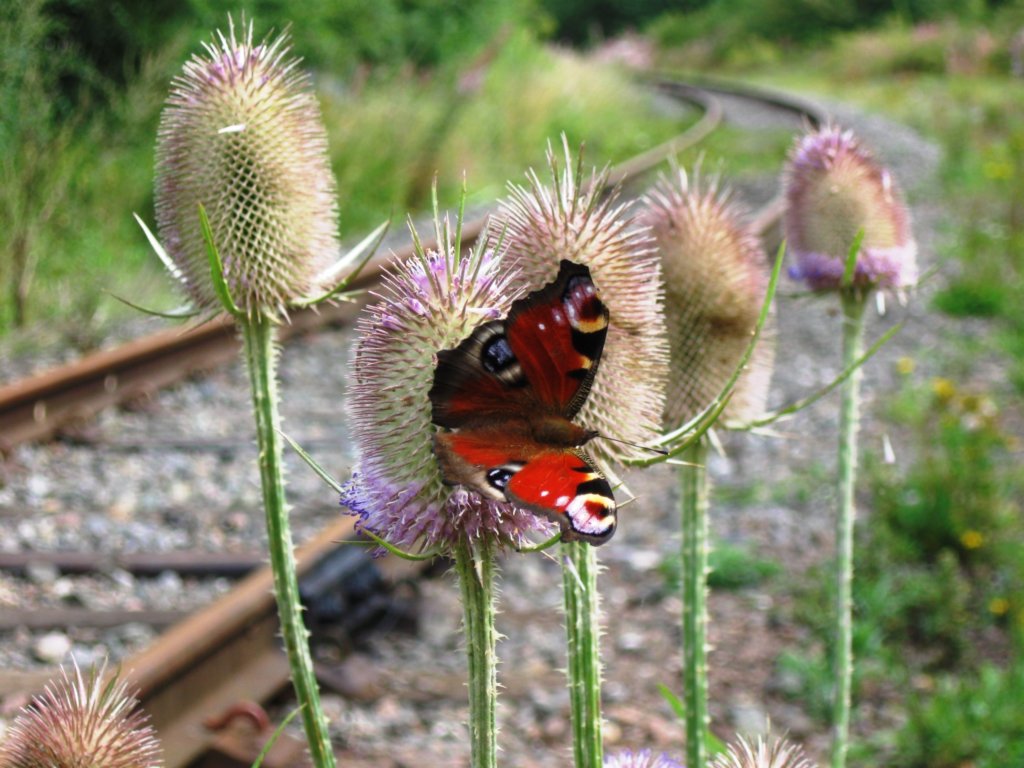
We care passionately about the impact we have on the communities we serve and the natural environment. As one of Britain’s largest landowners, we are mindful that local communities can have strong, sometimes differing, views on clearing vegetation. We therefore have well thought out standards and policies in place that have been developed over many years with the help of experts, that we believe strike the right balance and maintain a safe and biodiverse lineside.
Our policies help to create different lineside habitats which increase biodiversity. From wild flower grasslands near the railway, which are perfect for insects and butterflies, to small fruiting bushes where birds can nest and find sustenance, through to taller trees at a safe distance from the railway which provide habits for rodents and larger birds. This is a much more biodiverse ecosystem than just having dense lines of trees.
We are constantly looking to improve what we do and strike the right balance, carrying out research, learning from past reviews and identifying best practice. This is why we will be shortly publishing our updated environment requirements and biodiversity guidance, on which we have been working with ecologists and environment specialists to update over the past year. But we are keen and willing to listen to any suggestions that may improve what we do.
In the spirit of constantly seeking to improve best practice, we welcome the Rail Minister’s independent review into the way we manage lineside vegetation on the railway. In the meantime we will continue to work alongside communities and experts in the field, including the Tree Council and Woodland Trust, to minimise the impact of our vegetation management while ensuring the continued safe operation of the railway. We hope this review will therefore engage experts in environmental protection, as well as railway safety experts so that we can all agree on the best way to balance what can, at times, be portrayed as competing priorities.
We will continue to ensure we keep our record as Europe’s safest railway. It is possible to care for people and the biodiversity in our natural world at the same time.
